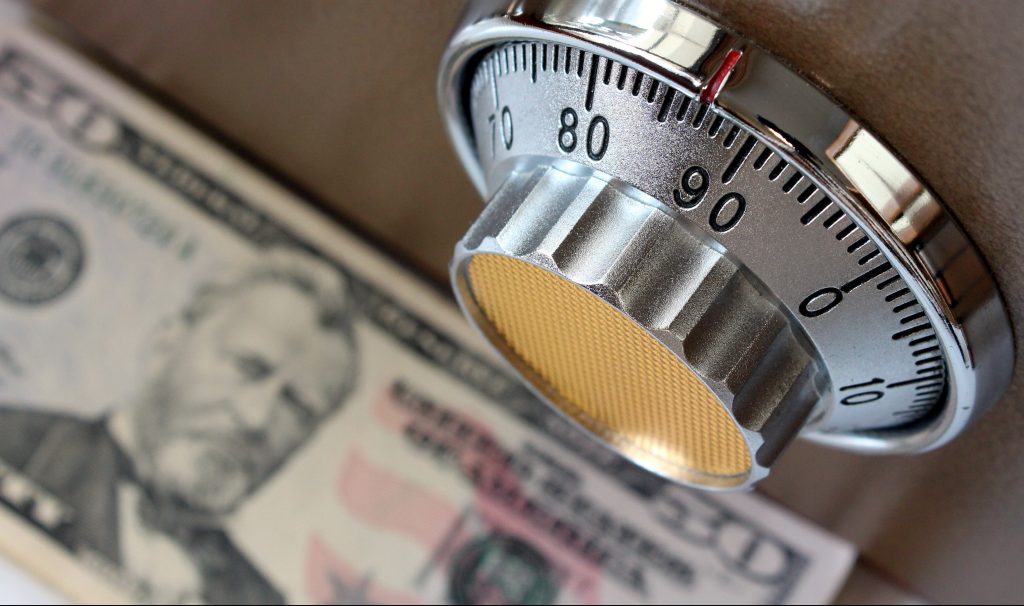Asset Protection

Sudden unemployment can throw your world into chaos, both personally and financially. As you search for ways to make up for lost income, you will invariably consider the assets you’ve accrued through a career of professional success. While a sound financial strategy will take all options into account, it’s important to protect your most valuable assets so as not to jeopardize your future success.
Be smart with your savings
The first key to protecting your assets during unemployment is to protect them from yourself. It’s a difficult time and you may think you have few financial options, but there are enough resources available to stay smart with your assets. The best plan would be to leave your portfolio alone and continue your long-term financial planning while making adjustments to your short-term budget. Withdrawing from your retirement accounts early could end up costing you thousands of dollars in taxes and penalties, meaning it’s not worth sacrificing your future for a short-term stopgap. Instead, utilize unemployment benefits and other services to hold you over through the most difficult times. As you assess your financial standing, keep a level head, create a budget, prioritize your assets, and stick to your long-term financial vision.
How do I protect my assets?
If you fall behind on your bills and a debtor decides to file a lawsuit to recoup what’s owed, or if you declare bankruptcy, certain assets can be targeted, while others are protected. Unfortunately, state laws vary widely on what is considered exempt (protected) and what is not. Depending on the state you live in, things like home equity, 401(k) contributions, and IRAs could all be up for grabs, or strongly protected. The only way to truly protect your money is to make sure it is invested in exempt holdings before entering any legal proceedings. Consult with a legal and financial advisor about what kinds of assets are exempt in your state.
Declaring bankruptcy
Despite our best efforts, sometimes bankruptcy is the only option left. Chapters 7 and 13 offer a lifeline to people in such dire situations, but which chapter you file under makes a big difference. Under Chapter 13, you are required to pay creditors on a three- to five-year payment plan, which can be difficult for those recently unemployed. Chapter 7 is designed for low-income people, or those with few financial assets, and requires debtors to pass a “means test” evaluating their financial state. In either case, bankruptcy is a major financial decision that requires extensive research. Consult your financial advisor before taking any steps toward bankruptcy.
Below you will find additional information and resources on asset protection:
Protecting your assets from creditors
How to find financial assistance after unemployment runs out
Should I file for bankruptcy if I’m unemployed?
Overview of Chapters 7 and 13 bankruptcy
Mortgage protection insurance: What it is and why you might need it